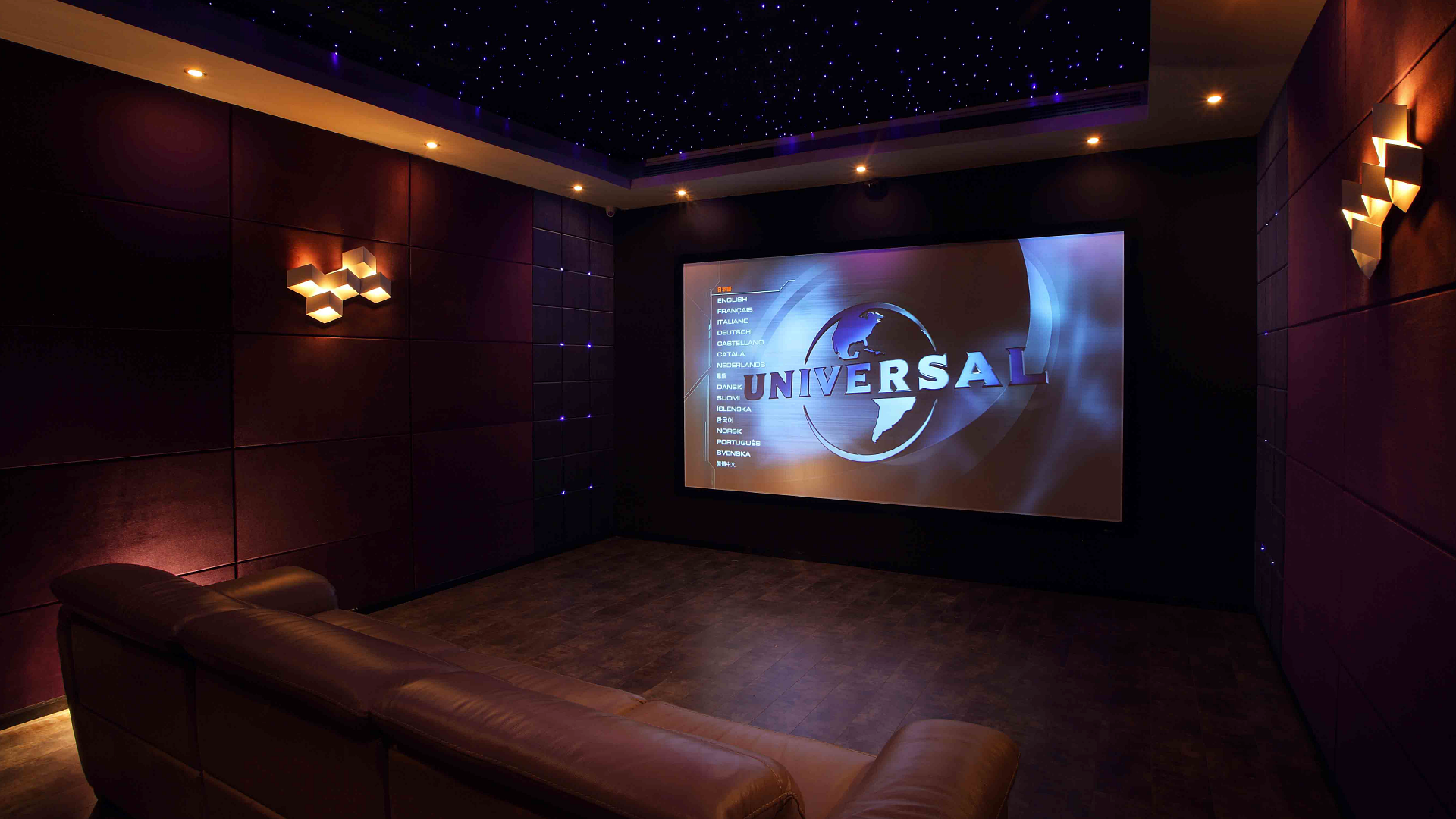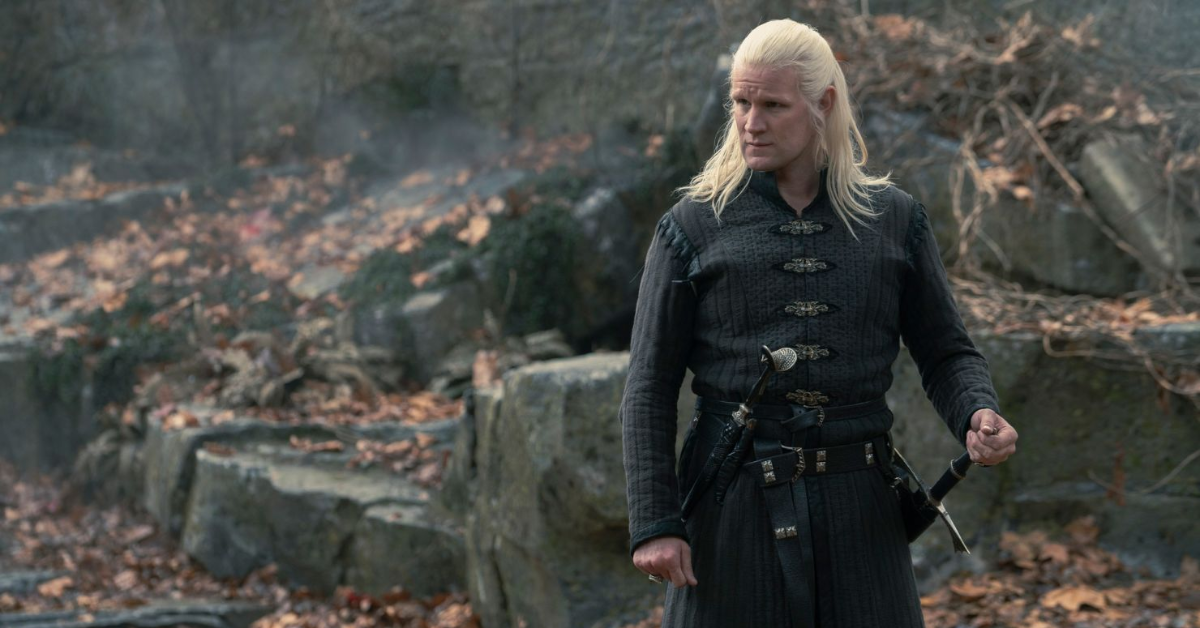Modernist AND Classical: Bordwell was Wrong! Part 1
This is part of a series that will interrogate the notion of a classical Hollywood Style. In this section I am going to drop the gauntlet and take on film studies giant, David Bordwell.

However, the broadly generalizing nature of his argument that Hollywood film is overwhelming classical during this period must take great pains to marginalize the exceptions. For the most part, these exceptions are bracketed by Bordwell’s concept of motivation. This concept is applied to narrative cinema’s breaks from the values of causality, invisibility and intelligibility in order to satisfy realistic, intertextual or artistic concerns. Compositional motivation for Bordwell is the primary motivation in which the values of his classical system are served. The remaining motivations present opportunities for deviation from his normative system. He devotes an entire chapter to these artistic exceptions and then simply brackets genre as a motivation that will present deviations from his system. This essay is motivated by the observation that if such a normative system has to exercise such a great effort to bracket exceptions, perhaps the normativity of such a classical system ought to be questioned.

The fundamental contrast with this classicism is modernism. To generalize broadly, modernism in film would value abstraction rather than intelligibility, laying bare the artifice rather than invisibility, and ambiguity over causality. Bordwell goes to great lengths to represent these values in certain films as outliers to his normative system. It appears to me that the studio era is less homogenous, falling within the ranges of a modernist to classical continuum rather than a standard from which there are exceptions. Certainly there is a ring of truth that more often than not, films from 1930s to late 1950s fit within his classical schema at that end of the spectrum. However, more than merely occasionally, exceptional more modernist-leaning films were produced. It is my argument that the group style of the studio era is not quite so standardized with deviations and to replace that model with spectrum of the tensions between a modernist and classical impulse. I will concede that the classical impulse is the stronger of the two, however I intend to demonstrate that there is a significant pull on the modernist side of the spectrum that is applicable a substantial group of films produced during the studio era.

An essay of this sort simply cannot have the breadth and length necessary to take on Bordwell’s nearly five hundred page text which uses a sample of one hundred films. This is of course to move against the particularism of auteurist readings and present a more generalist understanding of Hollywood film. The seventh chapter of the book in which exceptional stylistic practices are handled deals overwhelming with artistic motivation, in which auteurism and the artistic vision of directors (as well as other members of a film’s crew) give rise to deviations from the norms established earlier in the book. Genre as well is used to provide a bracket for non-classical practice. Thus the shape of the argument will begin with a brief introduction to modernism as expressed in film especially in the American avant-garde of the 1920s. I will argue that modernist and classical stylistics are not mutually exclusive and present a foundation for studio era Hollywood as a location of interface between the two impulses. This will be followed by film noir as a

counter-example of group style during the studio era that is is heavily influenced by modernism. I will then conclude a brief examination of genre film (horror in particular) as a ground for modernist experimentation and assimilation. In order to give some focus to the manner in which I will problematize the arguments made by Bordwell, I will be focusing generally on the work of a particular director, Robert Florey, because his work in many ways defies Bordwell’s categorizations. Florey’s work provides examples of heavily modernist films in his avant-garde work in the 1920s, genre work in the 1920s and 1930s, and highly rationalized studio output during the 1940s as a “B” movie director. Florey is not an auteur, as his films demonstrate a range of modernist (particularly Expressionism-influenced work) and classical films. Furthermore there is considerable confluence between his output and film noir as well as 1930s horror. Thus a sampling of his work is broad enough to engage areas of divergence in the style presented by Bordwell, and to problematize his primary way of mitigating such divergences, artistic motivation.
So at this point I merely wish to suggest that there is less of a standardized style in what is called classical Hollywood. (“Classic” Hollywood may be a better term, since I am trying to distance the period from classical art). I in the next few weeks will demonstrate that there is a spectrum in Hollywood filmmaking in the period, multiple group styles of varying degrees of classicalism and that Bordwell’s project smacks of a meta-narrative power move more than an object analysis of the films of the period.
Dustin Sells is studying for a PhD in Screen Studies at Oklahoma State University. Sometimes he gets some sleep. Check out Dustin’s most recently viewed films on Letterboxd @DustinSells or follow him on Twitter @dustin_sells or follow him on Twitter




Leave a Reply